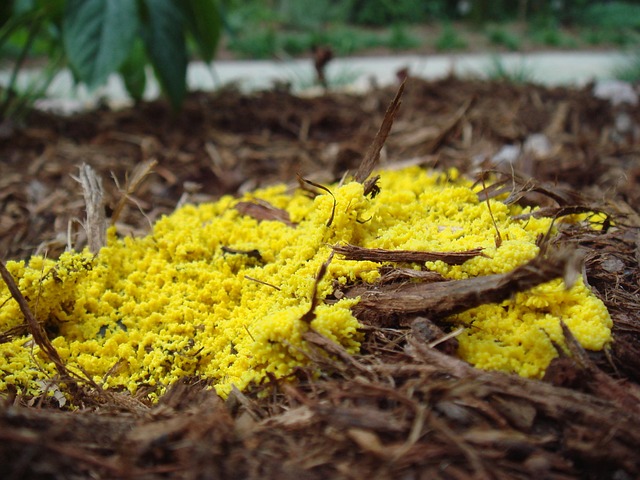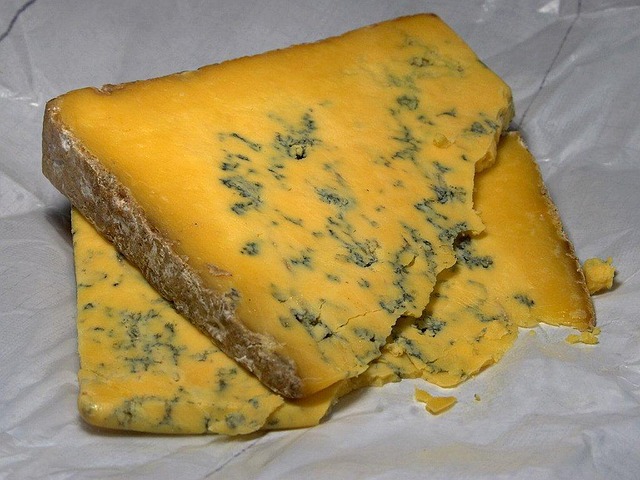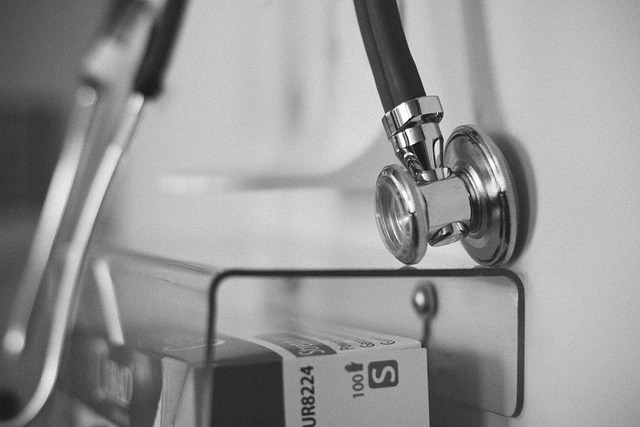Black mold (Aspergillus) thrives in damp, dark environments like basements and bathrooms. Not all black mold is toxic; while some species produce mycotoxins under specific conditions, regular exposure to any mold can trigger allergic reactions or worsen respiratory conditions. Debunking toxic mold myths emphasizes the importance of promptly addressing moisture issues through cleaning and ventilation. Look for discolored patches with fuzzy textures in hidden areas like corners and behind appliances, and consult professionals for extensive or hidden mold growth.
“Uncover the truth behind black mold, a common yet often misunderstood issue in basements and bathrooms. This comprehensive guide aims to dispel toxic mold myths surrounding its nature and effects on health. Learn how this invisible invader thrives in damp environments and discover the potential risks it poses. We’ll navigate through identification tips, effective prevention strategies, and remediation methods, empowering you to take control of your space. By understanding black mold, you can ensure a healthier home environment.”
- Understanding Black Mold: What It Is and Where It Grows
- Common Misconceptions About Toxic Mold
- Health Risks Associated with Black Mold Exposure
- Identifying Black Mold in Basements and Bathrooms
- Prevention and Remediation Strategies
- When to Seek Professional Help
Understanding Black Mold: What It Is and Where It Grows

Black mold, scientifically known as Aspergillus, is a type of fungus that thrives in damp and dark environments. Often found in basements and bathrooms due to high humidity levels, it can grow on various surfaces including walls, ceilings, floors, and even behind paint. Despite common belief, not all black mold is toxic. The myth of “toxic mold” has been largely debunked by scientists; certain species of Aspergillus produce mycotoxins, but only under specific conditions and in significant quantities.
However, it’s important to address that exposure to any type of mold can cause allergic reactions or exacerbate existing respiratory conditions in sensitive individuals. The key lies in identifying and mitigating moisture issues promptly. Regular cleaning and proper ventilation are crucial steps in preventing black mold growth. Understanding the reality behind toxic mold myths is essential for addressing this common household problem effectively.
Common Misconceptions About Toxic Mold

Many people hold onto several toxic mold myths that can be detrimental to understanding the true risks associated with mold growth. One common misconception is that all molds are harmful, which isn’t entirely true. Not all molds produce toxic compounds called mycotoxins, and only a small number of species are known to cause adverse health effects in humans.
Another false belief is that visible mold always indicates a severe contamination. In reality, even noticeable mold growth often poses minimal risks if promptly addressed. The potential danger lies in the extent and duration of mold presence. It’s crucial to remember that mold thrives in damp environments, so basements and bathrooms are particularly vulnerable. Regular inspection and swift remediation are key to mitigating health risks associated with what is often mistakenly referred to as “toxic mold.”
Health Risks Associated with Black Mold Exposure

Many people are unaware of the potential health risks associated with black mold exposure, often perpetuating toxic mold myths. While it’s commonly believed that all molds are harmful, certain types, including black molds, can produce mycotoxins that negatively impact human health. These toxins have been linked to a range of issues such as respiratory problems, allergies, skin irritation, and even neurological symptoms. The effects can vary greatly from person to person, with those who are already immunocompromised or suffer from existing lung conditions being particularly vulnerable.
Debunking toxic mold myths is crucial because not all molds are equally dangerous. Black mold, in particular, often gets a bad reputation due to its association with unpleasant odors and discoloration. However, not every black mold colony produces harmful toxins. It’s the specific species and the conditions under which it grows that determine its potential health impacts. Regular cleaning and proper ventilation can significantly reduce risks associated with black mold in basements and bathrooms.
Identifying Black Mold in Basements and Bathrooms

Identifying black mold in basements and bathrooms involves more than just a visual inspection. Unlike many popular toxic mold myths, not all black fungi is dangerous. However, it’s crucial to distinguish between harmless surface stains and potentially harmful hidden growth. Look for discolored patches that might appear black, green, or even blue. These spots can be fuzzy or powdery in texture. In basements and bathrooms, check for moisture-prone areas like corners, behind appliances, under sinks, and around pipes.
Use a flashlight to inspect hard-to-reach places and pay attention to musty odors, as they could indicate hidden mold growth. If you suspect a problem, don’t ignore it. Professional testing can confirm the presence and type of mold, helping you make informed decisions about remediation to ensure a safe living environment.
Prevention and Remediation Strategies

Many people are unaware that black mold can thrive in basements and bathrooms, two areas often overlooked during regular cleaning routines. To combat this, it’s essential to understand prevention as much as remediation. Start by ensuring proper ventilation; maintain humidity levels below 50% to discourage mold growth. Regularly clean and dry these spaces, paying close attention to corners and crevices where moisture can accumulate. Address leaks immediately and consider using dehumidifiers, especially in basements.
Busting toxic mold myths is crucial: not all black mold is equally dangerous, and professional testing isn’t always required. However, if you suspect a significant infestation or have health concerns, consult experts who can guide safe remediation practices. This may involve removing contaminated materials, applying anti-mold treatments, and implementing measures to prevent future growth. Remember, proactive steps taken today can save you from costly repairs and potential health risks down the line.
When to Seek Professional Help

If you suspect a black mold issue in your basement or bathroom, it’s crucial to dispel common toxic mold myths and understand when professional help is necessary. While some people might attempt to address minor cases themselves using household products, severe or widespread mold growth often requires specialized expertise. Look for signs such as extensive water damage, musty odors persisting despite cleaning, or visible mold that covers large areas (over 10 square feet). These could indicate a deeper problem, especially if there has been recent flooding or persistent moisture issues.
Consulting a professional is advised when the mold infestation is hidden behind walls, under flooring, or in other hard-to-reach places, as these areas may require specialized equipment and knowledge to access and clean safely. Additionally, individuals with respiratory conditions, allergies, or compromised immune systems should avoid mold removal and rely on experts who can ensure the work is done securely and effectively, eliminating not just visible spores but also the underlying moisture problems that breed mold.
